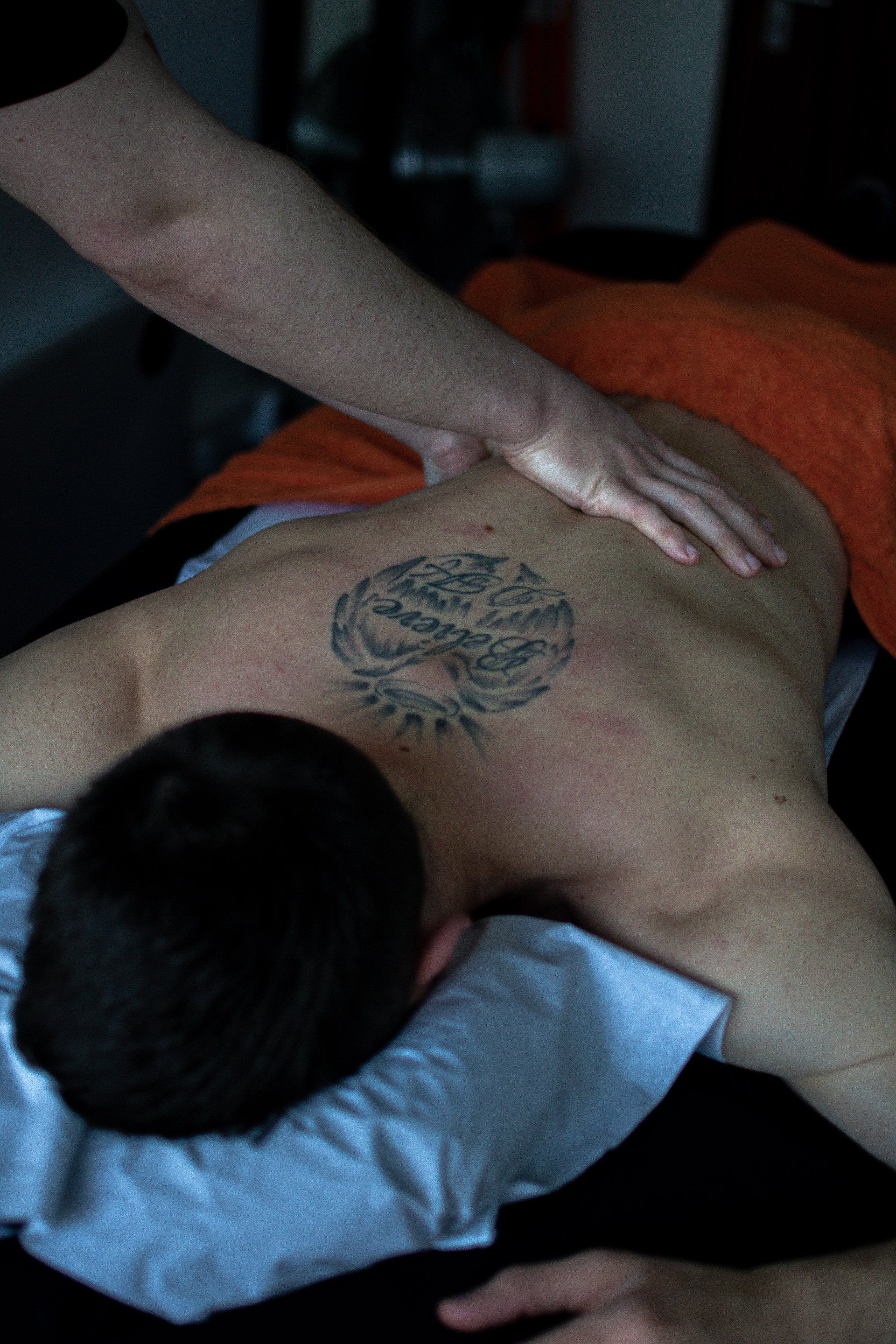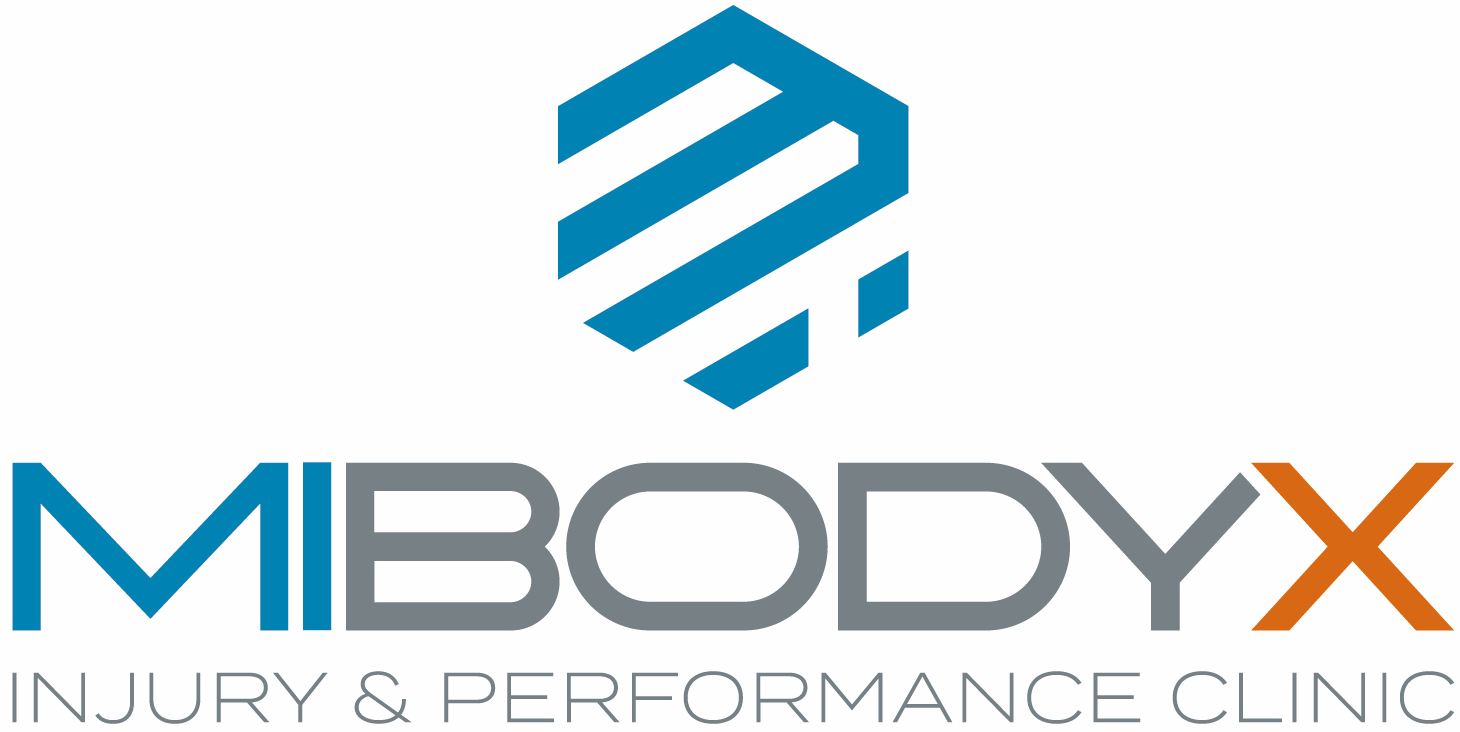Acupuncture and Dry Needling for Pain and Injury Relief
Introduction:
When it comes to addressing pain and injury, conventional treatments often involve medications and physical therapies. However, an increasing number of individuals are turning to alternative approaches for holistic healing. Acupuncture and dry needling are two ancient practices gaining popularity for their remarkable effectiveness in reducing pain and promoting recovery from injuries such as tendonitis, knee pain, shoulder pain, Achilles tendonitis, and even migraines. Let's delve into how these techniques work and why they might be the solution you've been seeking.
1. Acupuncture: An Ancient Healing Art:
Acupuncture, a traditional Chinese medicine, involves inserting thin needles into specific points on the body. These points, known as acupoints, correspond to energy channels or meridians that regulate the flow of vital energy, known as "Qi." By stimulating these points, acupuncturists aim to restore the balance of Qi and promote natural healing.
2. Dry Needling: Bridging East and West:
Dry needling, on the other hand, is a more modern practice with roots in Western medicine. It involves inserting thin needles directly into tight muscles, trigger points, or areas of injury to release tension and promote healing. Unlike acupuncture, which focuses on balancing Qi, dry needling targets musculoskeletal issues, such as muscle knots and spasms, to reduce pain and improve mobility.
3. Tendonitis and Injury Relief:
Both acupuncture and dry needling have shown promise in alleviating pain and promoting recovery from tendonitis and other sports-related injuries. The needles used in these therapies stimulate blood flow to the affected area, encouraging the body's natural healing response. Additionally, the release of endorphins, the body's natural painkillers, during the sessions provides much-needed relief to those suffering from chronic pain.
4. Knee and Shoulder Pain Management:
Knee and shoulder pain can significantly impact daily activities and athletic performance. Acupuncture and dry needling can be valuable additions to the treatment plan for such issues. By targeting the affected joints and surrounding muscles, these therapies help reduce inflammation, improve joint mobility, and strengthen the supporting muscles.
5. Achilles Tendonitis Recovery:
Achilles tendonitis, a common injury among athletes, can be debilitating if not treated properly. Acupuncture and dry needling offer a non-invasive, drug-free option to alleviate pain and promote healing. By targeting the inflamed tendon and surrounding muscles, these therapies aid in reducing swelling and accelerating tissue repair.
6. Migraine Management:
Migraines can be excruciating and significantly affect an individual's quality of life. Acupuncture has been studied and shown to be beneficial in reducing the frequency and intensity of migraines. By stimulating specific acupoints, acupuncture helps regulate blood flow, relax muscles, and balance neurotransmitters, providing relief from migraine symptoms.
Conclusion:
Acupuncture and dry needling offer compelling alternatives for those seeking natural, holistic approaches to pain management and injury recovery. These time-tested and evidence-based therapies not only target the physical aspects of pain but also promote overall well-being by restoring the body's natural balance. Whether you're dealing with tendonitis, knee pain, shoulder pain, Achilles tendonitis, or migraines, acupuncture and dry needling could be the keys to unlocking a pain-free and healthier you.
Remember, before pursuing any alternative therapies, it's essential to consult with qualified practitioners to determine the best approach for your specific condition.

